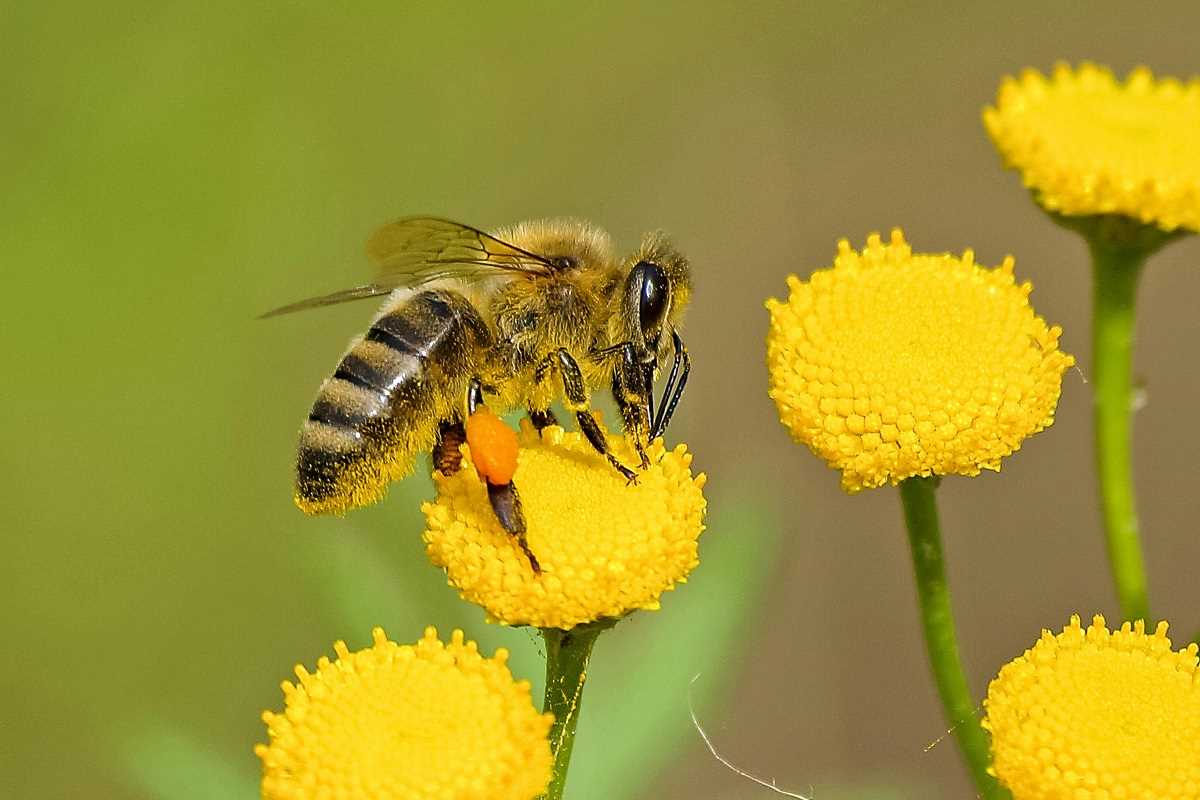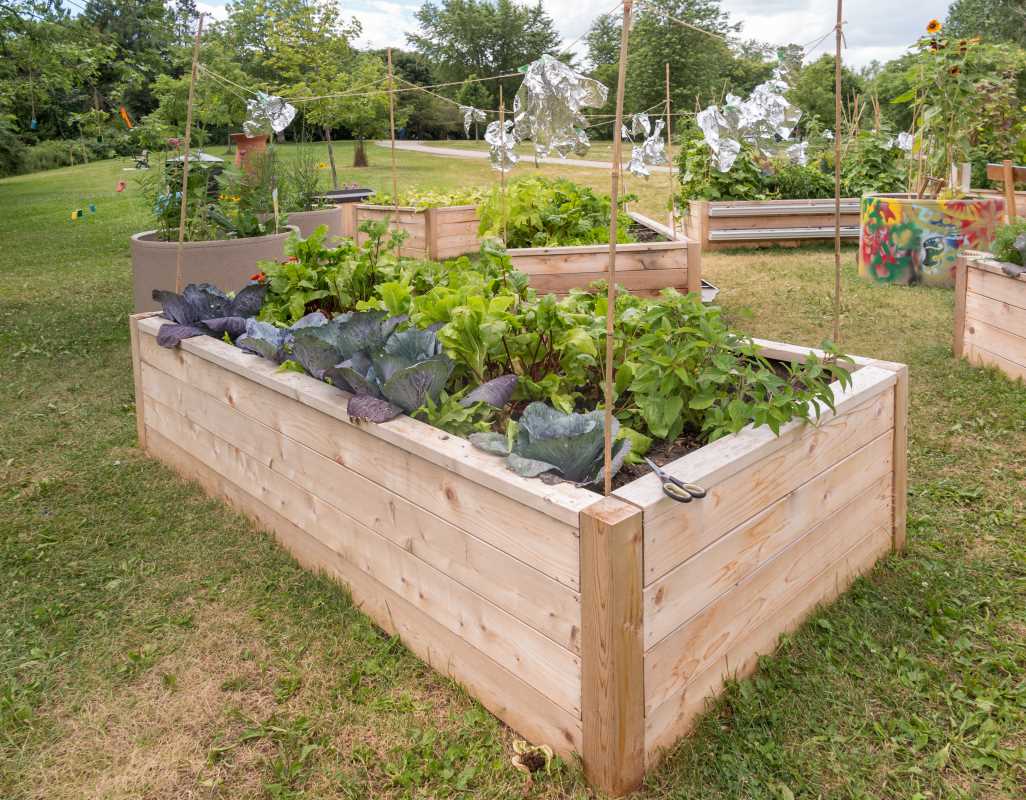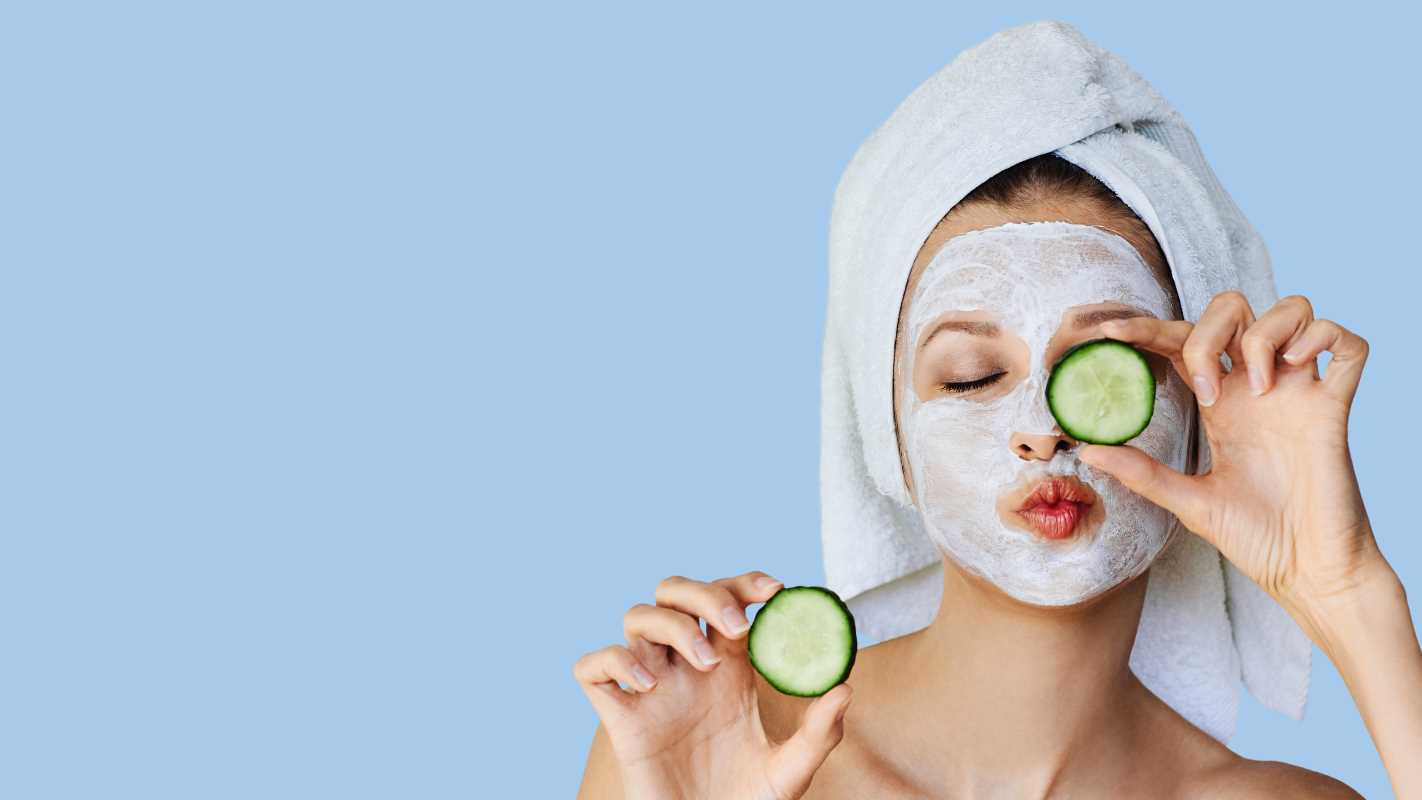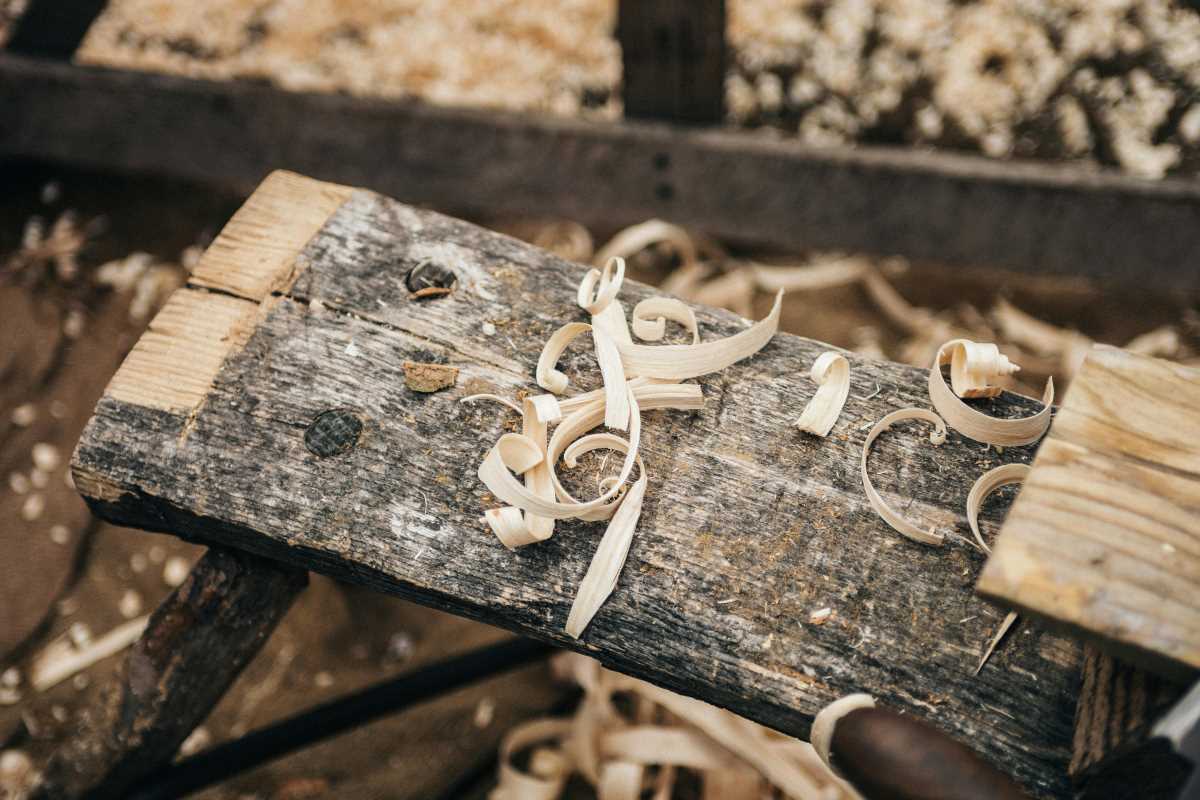Growing a garden in the city creates a refreshing escape and adds beauty to any concrete surroundings. Even the smallest balcony or rooftop can become a welcoming space for pollinators, attracting bees, butterflies, and other helpful insects. By planting flowers and greenery that appeal to these creatures, anyone can introduce vibrant colors and movement to their urban environment. Supporting pollinators through thoughtful plant choices also plays a crucial role in keeping local ecosystems balanced, even in the midst of busy city streets. A pollinator-friendly garden offers the chance to connect with nature and make a positive impact on the urban landscape.
Every urban gardener can play a vital role in supporting nature's tiny workers. A well-planned garden can provide food, water, and shelter for pollinators, and the process brings personal satisfaction and a sense of connection with nature. With careful planning and practical tips, you can build a vibrant space that invites these important creatures.
Choosing Pollinator-Friendly Plants for Urban Spaces
Selecting the right plants tailors your garden to attract a variety of pollinators. Opt for plants that provide nectar, pollen, or both. The trick lies in choosing varieties that flourish in urban settings and bloom repeatedly.
Below are a few plant suggestions that work well in confined spaces:
- Lavender – Its fragrant purple flowers attract bees and butterflies.
- Marigold – Known for its bright display, it provides both color and a food source for insects.
- Salvia – Offers deep blooms that are natural magnets for diverse pollinators.
- Zinnia – Easy to maintain, these flowers offer a splash of color throughout the season.
- Borage – A great companion plant, its star-shaped blue blooms help invite bees.
These plants allow for a colorful and productive garden space that welcomes beneficial insects. Each option thrives under the conditions often found in urban gardens, including limited space and varying sunlight.
Choose plants based on your local climate and the specific needs of the pollinators you want to attract. Experiment with combinations to see what works best in your unique environment.
Providing Water and Shelter for Pollinators
Creating a supportive habitat extends beyond blossoms. Pollinators need water sources and safe places to rest. Place a shallow dish filled with stones and water to serve as a simple yet effective oasis. Keep the dish in a shady spot to keep the water cool on hot days.
Use small structures like bee hotels or a stack of logs in a quiet corner to allow solitary bees and other insects to find shelter. Maintain these features to support pollinators throughout the growing months. Making water and shelter options easily accessible encourages consistent visits from your garden’s flying friends.
Think about shelter, and consider using recycled materials to create small nesting boxes. This not only helps the environment but also adds a handcrafted charm to your garden area.
Reducing Pesticide Use in Your Garden
Limit chemical usage to keep your garden safe for pollinators. Natural alternatives work wonders while protecting valuable insect populations that help plant health. Use organic methods to manage pests and promote plant growth.
Explore remedies like neem oil, insecticidal soap, or biological controls before resorting to harsh chemicals. This approach ensures that pollinators experience minimal disruption in their foraging activities. Rely on savvy techniques to keep insects at bay without harming the ecosystem.
Taking steps to reduce chemical exposure supports a healthier garden and a thriving urban ecosystem. A mindful approach to pesticide use helps your garden remain a safe haven for all beneficial insects.
Creating Bloom Diversity Throughout the Seasons
Ensure a continuous supply of blooms to sustain the pollinator population all year long. Different plants bloom at different times, giving pollinators opportunities to feed as seasons change. The key is to plant a mix of early, mid, and late-blooming varieties.
Follow these seasonal planting tips:
- Spring: Choose bulbs like Daffodils and perennials that wake up early, providing early forage for insects emerging from hibernation.
- Summer: Plant varieties such as Sunflowers or Cosmos that offer abundant nectar during the hottest months.
- Autumn: Include late-bloomers like asters and sedum to support pollinators preparing for winter.
- Winter: In milder climates, select hardy evergreens or consider indoor flowering plants that provide off-season blooms.
Mixing varieties gives your garden a lively appearance and ensures different species of pollinators find what they need at every stage of the year. Experimenting with seasonal arrangements can inspire creativity in designing your space.
This approach not only attracts pollinators but also creates a colorful and lively display year-round, transforming your urban garden into a vibrant retreat regardless of the season.
Engaging with the Community to Support Urban Pollinators
Build a network of fellow garden enthusiasts to exchange ideas and share knowledge. Join local gardens or citywide projects to strengthen your efforts. Group activities such as seed exchanges or garden tours foster both plant and community connections.
Offer workshops or simple garden tours to encourage mutual learning. Listen to neighbors' experiences, try new planting ideas, and share success stories to spread pollinator-friendly practices. Check community boards or social media groups for upcoming urban garden meet-ups.
Work with local schools or community centers to raise awareness among different age groups. When you involve the community, you help support urban biodiversity and foster a shared pride in your neighborhood’s green spaces.
Partnering with others can lead to city-supported projects that turn urban areas into hubs of sustainable living.
Even in cities, simple actions can significantly impact nature. This shows that nature endures everywhere.
 (Image via
(Image via





